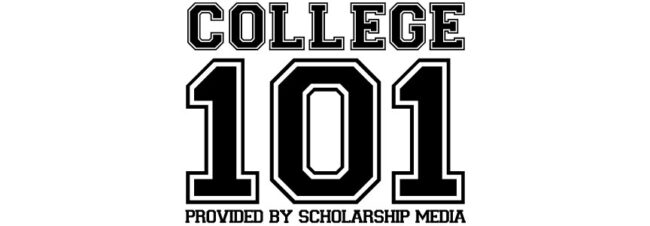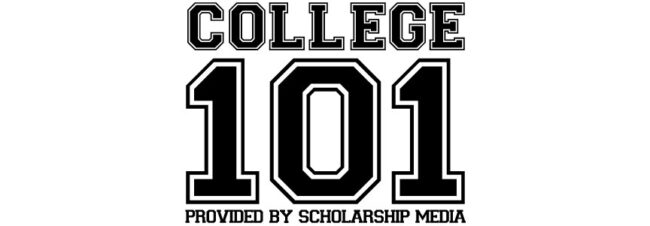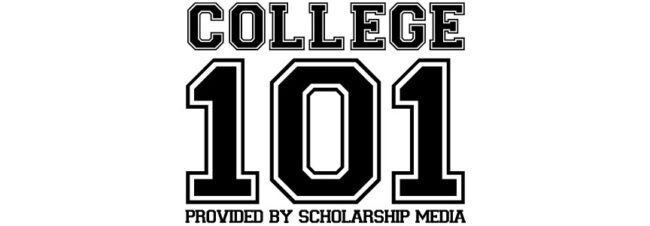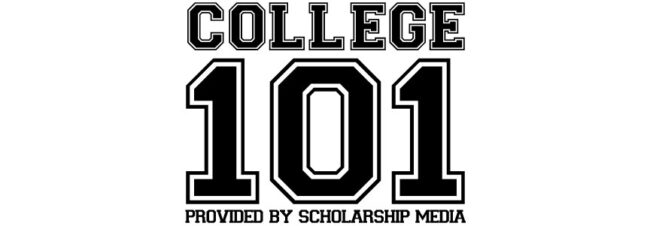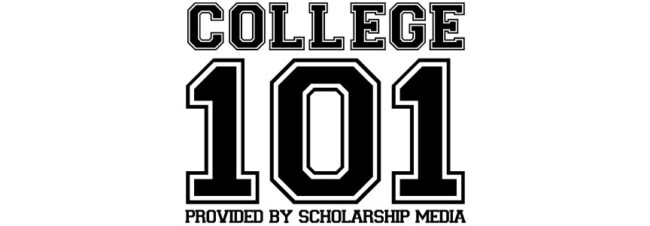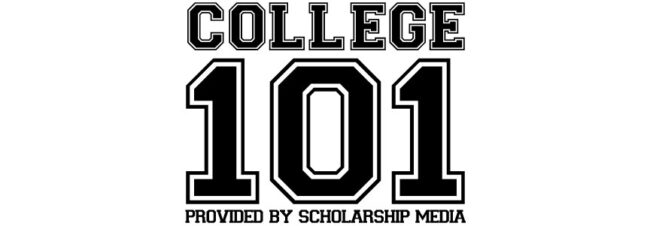Digital signage software is a versatile tool that can be used for a variety of purposes. From creating engaging content to managing complex networks, digital signage provides many benefits for schools of all sizes. Keep reading to learn more about digital signage software solutions and how they can be used.
What is digital signage?

Digital signage software is a type of software that is used to create and manage digital signs. A digital sign is an electronic display to communicate a message to an audience. Digital signage software can be used to create messages, schedule messages, and manage content on digital signs. Digital signage software can also be used to track the performance of digital signs and gather analytics about how they are being used.
Digital signage players allow businesses and organizations to display digital signage content on a monitor or TV. There are various players on the market, but they all allow you to upload digital content (images, videos, text, etc.) and then play it back on a connected monitor or TV. There are a few things to consider when choosing a digital signage player. First, you’ll need to decide what kind of content you want to display. Almost any player will do this if you’re going to show some basic text or images. However, if you want to show more complex content like videos or interactive web pages, you’ll need a more powerful player who can handle that kind of workload.
What are some best practices for using digital signage software?
When choosing digital signage software, it’s important to consider your organization’s needs and the features most important to you. Some factors to consider include:
- The type of displays you will be using (e.g., computer monitors, TVs, tablets)
- The size and layout of your displays
- The type and amount of content you will be displaying
- How often you will need to update your content
- How you would like to control your displays (e.g., manually or automatically)
Once you have determined your needs, you can evaluate different digital signage options. Look for easy-to-use software with a wide range of features to create engaging and effective content. Make sure the software is compatible with the types of displays you plan to use and that it has a reliable support system in case you experience any problems.
What can digital signage solutions be used for?

Digital signage solutions can be used in a variety of ways in K-12 schools. One way is to use it as a communication tool. Schools can use digital signage to communicate announcements, upcoming events, and important messages to students, staff, and parents. This can be done through text, images, and videos. Digital signage can also display school news, student work, and other important information.
Another way digital signage can be used in K-12 schools is as a teaching tool. Schools can use digital signage to help teach students about various topics. For instance, a school could use it to display images and videos about different parts of the world, science experiments, or historical events. It can also be used to show advertisements for upcoming school events or fundraisers.
Digital signage solutions can be an excellent way for K-12 schools to keep parents informed about what is happening at the school. Schools can communicate important messages to parents quickly and easily using digital signage. This can help reduce the number of phone calls and emails parents send to the school and keep parents informed and up to date.
Digital signage can be tailored to meet the organization’s specific needs, and it can be used to create dynamic and engaging content that will capture viewers’ attention.









